
Sculpture
in the
park
Now Open
Step into Compton Verney’s sculpture park and make it your own. Feel free to wander, pause, and reflect as you encounter bold artworks that transform the landscape around you. Let these powerful sculptures invite you to look closer, think differently, and imagine new stories woven through art, nature, and history.
a sculpture park unfolding through the undulations of Capability Brown’s gracious landscaped grounds, it is nigh on perfect.
Observer
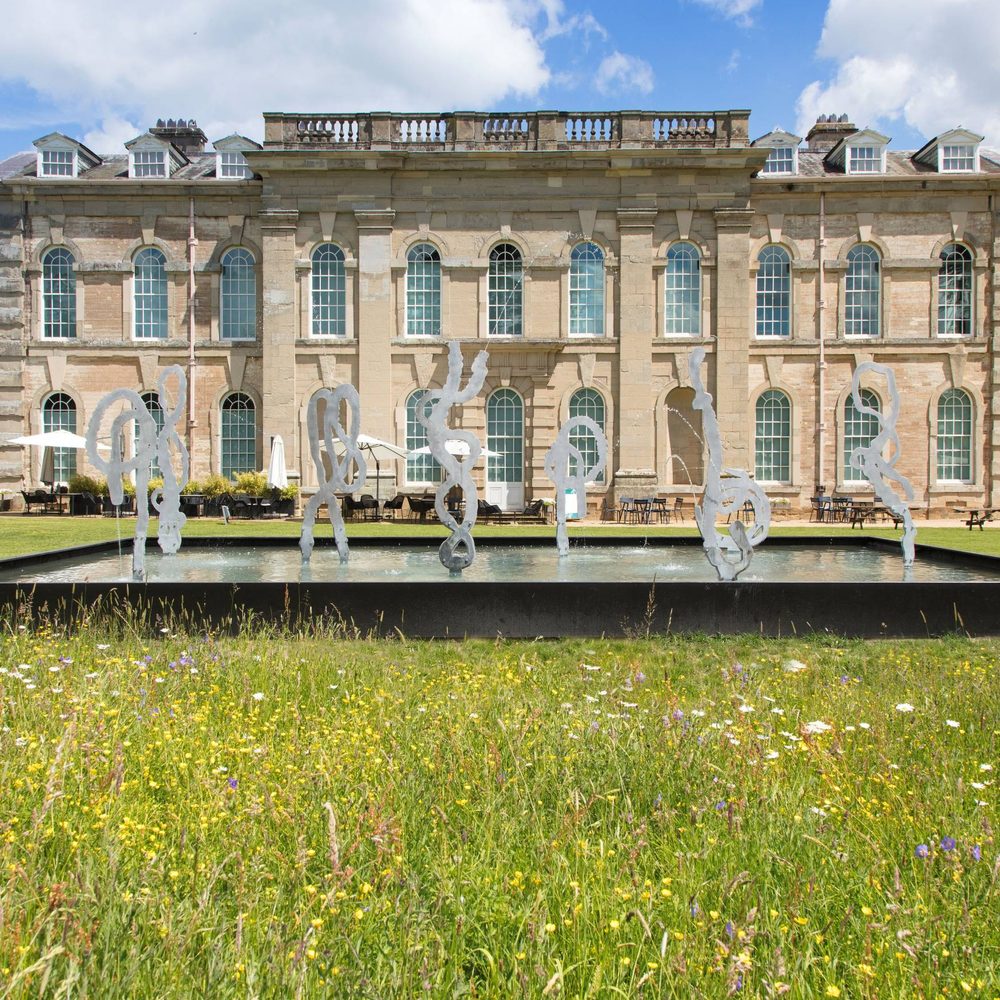
Opening Times
Wed – Sun: 10am-5pm
Mon and Tue: Closed, except bank holiday Mondays
Galleries are open 10.30am – 5pm
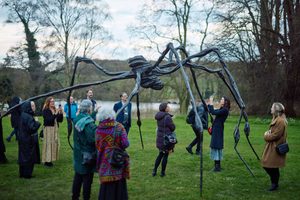
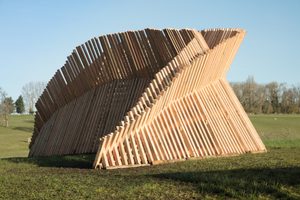
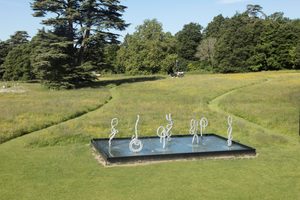
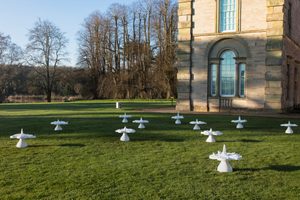
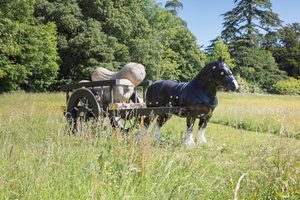
Sculpture in the Park Gallery
Sculpture
in the Park
Leading contemporary art meets historic landscape. Explore powerful works by celebrated artists from around the world and see how these daring sculptures reimagine landscape, heritage, and community for the 21st century.
New for 2025 is Gilt (2022) by Hew Locke, one of the UK’s best-known artists. Recently shown at the Metropolitan Museum of Art in New York, this striking sculpture now adorns Compton Verney’s portico. As the centrepiece of our site, Gilt draws out new stories of institutions, objects, and collections, continuing Locke’s decades-long interest in public monuments, historic figures, and the industry that celebrates – and exploits – heritage.
Gilt sits alongside works by other leading UK-based artists, including Perceval by Sarah Lucas, who uses ordinary objects to challenge ideas of sex, class, and gender; Overgrown House by Permindar Kaur, exploring the meaning of “home” through domestic forms; and PAN AFRICAN FLAGS FOR THE RELIC TRAVELLERS’ ALLIANCE by British-Ghanaian artist Larry Achiampong, reflecting on future histories, speculative fiction, and identity.
International artists also feature, such as London-based French artist Nicolas Deshayes, whose work Fountains uses industrial materials and processes to create bulbous and suggestive bodily forms, and Lithuanian artist Augustas Serapinas, whose work Standtune stands protectively in our meadows and has been inspired by ancient defensive structures. Untitled Boulder by John Frankland is a 75-tonne climbing boulder that appears natural yet out of place on the gallery lawn, questioning what we classify as the creative process by suggesting blasting, lifting, and positioning are as creative as carving or casting
Untitled Boulder (2001) by John Frankland is a 75-tonne climbing boulder that appears natural yet out of place on the gallery lawn, questioning what we classify as the creative process by suggesting blasting, lifting, and positioning are as creative as carving or casting.
A significant part of the sculpture park is an ongoing programme inviting artists to respond directly to the Compton Verney landscape. The first to do so is Brazilian artist Erika Verzutti, whose new commission joins major works already held in collections worldwide.
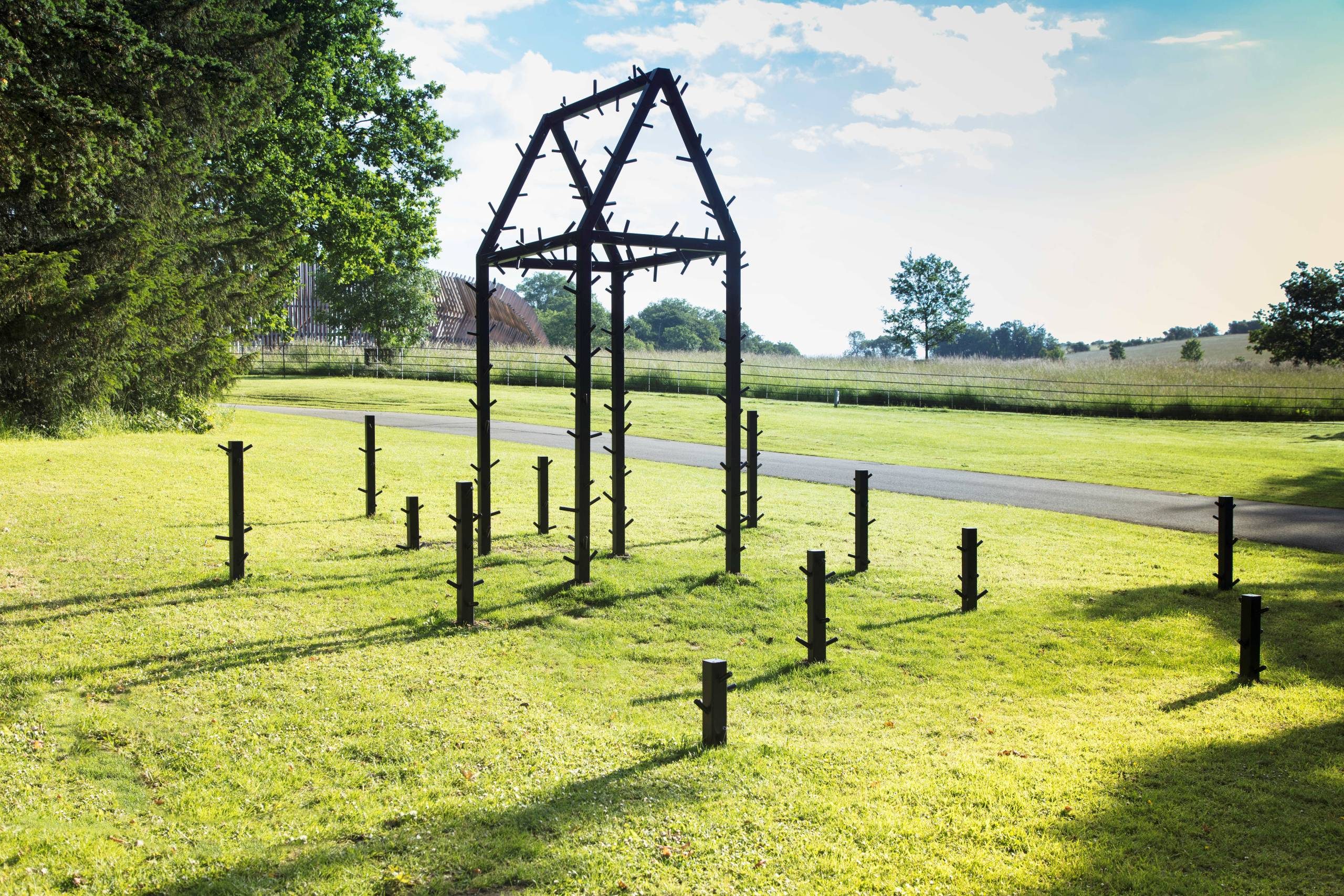
Overgrown House, 2020
Permindar Kaur (b.1965)
Steel
Overgrown House is a large structural outline of an overgrown house made from black galvanised steel by Permindar Kaur. With a series of grass-like offshoots giving the house a fairytale-like appearance, the structure evokes part abandoned house as well as the potential for growth. It follows from a series of works that the UK artist has created featuring houses and the home, often using items from the domestic and childhood arena. Amidst the landscape of Compton Verney, Kaur’s sculpture is fluid and seems to transform before our eyes – it is both a private and public space that sprouts and lives yet is also uncannily uniform and controlled, ongoing themes within her practice that ask where and what is home?
Standtune, 2024
Augustas Serapinas (b.1990)
Material: Wood (untreated Douglas Fir)
Standtune is a sculpture developed at the Gotland Museum in Visby, a small island off the coast of Sweden. Standtune is a local and ancient fencing technique developed for defence purposes in Sweden. Repurposing this technique for this sculpture, Serapinas questions who has the power to decide on our common cultural heritage and what should be in a museum’s collection and exhibition? Which objects should stay on one or the other side of the “fence” and thus border?
Credit: Courtesy of the artist and Emalin, London and with thanks to the Lithuanian Culture Institute

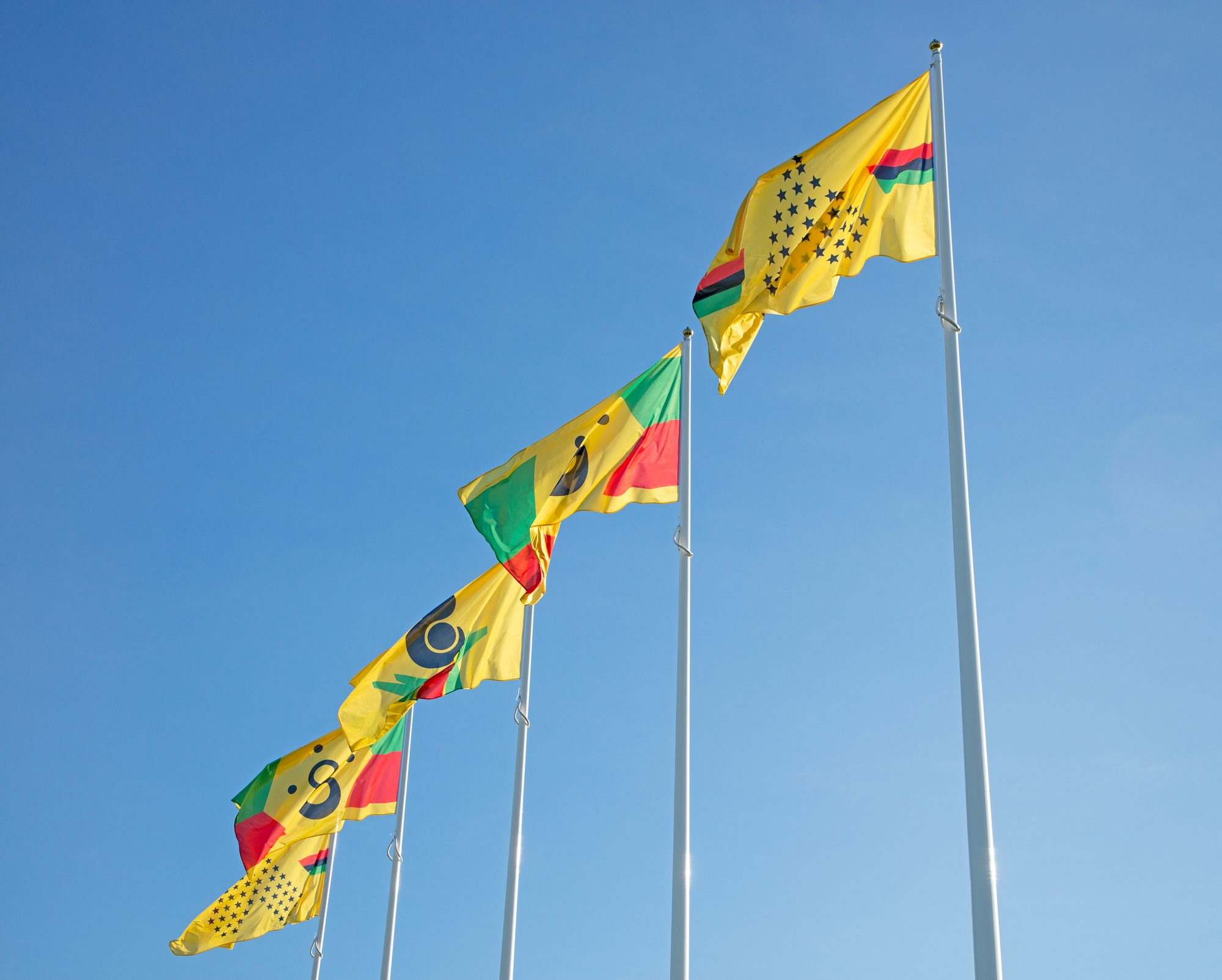
PAN AFRICAN FLAG FOR THE RELIC TRAVELLERS’ ALLIANCE (Mothership, Bringers of Life, Squadron), 2017
Larry Achiampong (b.1984)
Material: Printed fabric, rope
PAN AFRICAN FLAG FOR THE RELIC TRAVELLERS’ ALLIANCE forms part of Larry Achiampong’s Relic Traveller: Phase 1, a multi-disciplinary project manifesting in performance, audio, moving image and prose.
Presented here at Compton Verney, five flags look and stand guard out across the Capability Brown landscape. The design of each flag features 54 stars that represent the 54 countries of Africa and highlight the African diasporic identity. The colours green, black and red reflect its land, its people and the struggles the continent has endured, and the field of yellow gold represents a new day and prosperity.
Taking place across various landscapes and locations, Relic Traveller: Phase 1 builds upon a postcolonial perspective informed by technology, agency and the body, and narratives of migration. This speculative project considers the current social and political climate of our time; especially the rise of nationalism within the global West and tensions surrounding moments such as the United Kingdom’s ‘leave’ Brexit vote in 2016 for example. Meanwhile, the African Union’s African passport programme (also established in 2016) points toward the potential opening of borders across a unified African continent in the future.
Credit: Courtesy of The Artist and Copperfield London
Naked Venus, 2024
Erika Verzutti (b.1971)
Material: Bronze
Sensuous and tactile, Verzutti’s sculptures often seem to sit outside of period and place, conjuring relics or archaeological finds. Realised in bronze, concrete and papier mâché, they draw from a range of sources – from vegetables and household objects to newspaper clippings and imagery found online. They take a playfully omnivorous approach to art history, quoting and reimagining works that stretch from Brancusi to Brazilian modernism, or from Picasso back to the palaeolithic.
For Compton Verney, Verzutti releases a new work as part of her long-standing Venus series which references the Venus of Willendorf. Discovered in Austria at the beginning of the 20th century, this artefact was made around 25,000 years ago, and is often regarded as the mother of all sculpture. Here, Venus reclaims the female gaze, positioning Venue as a powerful figure in the landscape.
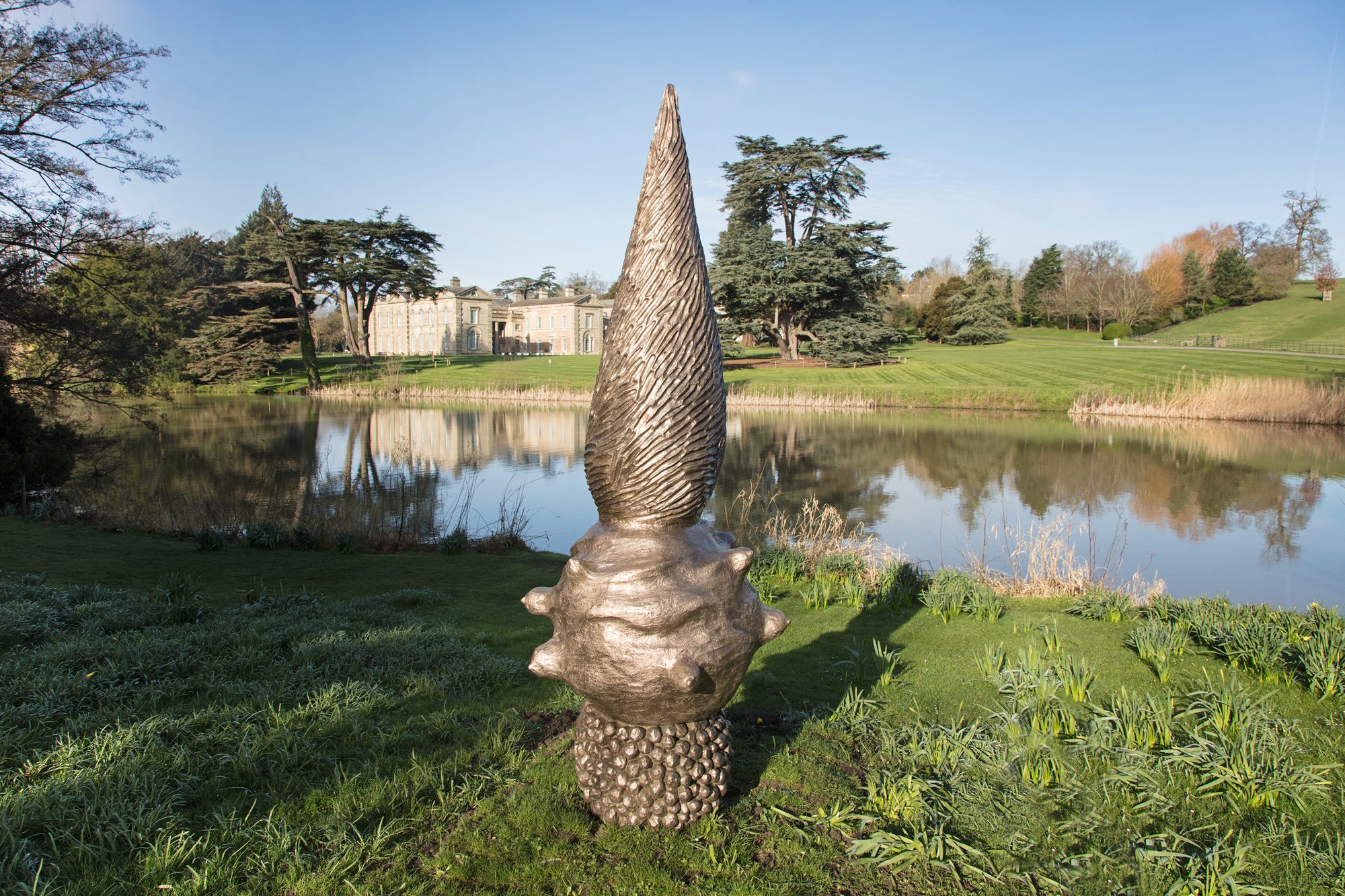

Gilt, 2022
Hew Locke (b.1959)
Fiberglass, stainless steel, gilding, and oil-based paint
These four golden trophies were originally commissioned for the façade of The Metropolitan Museum of Art, New York. Each trophy features objects drawn from the museum’s collection encased in gold and at the base the trophies are being consumed by a fearsome monster. Yet these treasures are hollow – made of fiberglass and steel not gold prompting us to examine the fraught relationship between value and worth, gold and guilt, presenting a complex story of materials and values through three-thousand years of art history.
Spider (1996)
Louise Bourgeois (1911–2010)
Bronze, dark patina
Spider (1996) is a bronze sculpture by the artist Louise Bourgeois. This iconic sculpture, which depicts a spider, picks up the theme of the arachnid that Bourgeois had first contemplated in a small ink and charcoal drawing in 1947. Spider is over 7 metres wide and over 3 metres high and is part of a series of Spider sculptures made during the 1990s that explored ideas of female identity and the role of the mother. The Spider is a powerful motif within her work that questions the conventional roles of women in society with the industrious spider alluding to Bourgeois’ mother, with metaphors of spinning, weaving, nurture and protection.
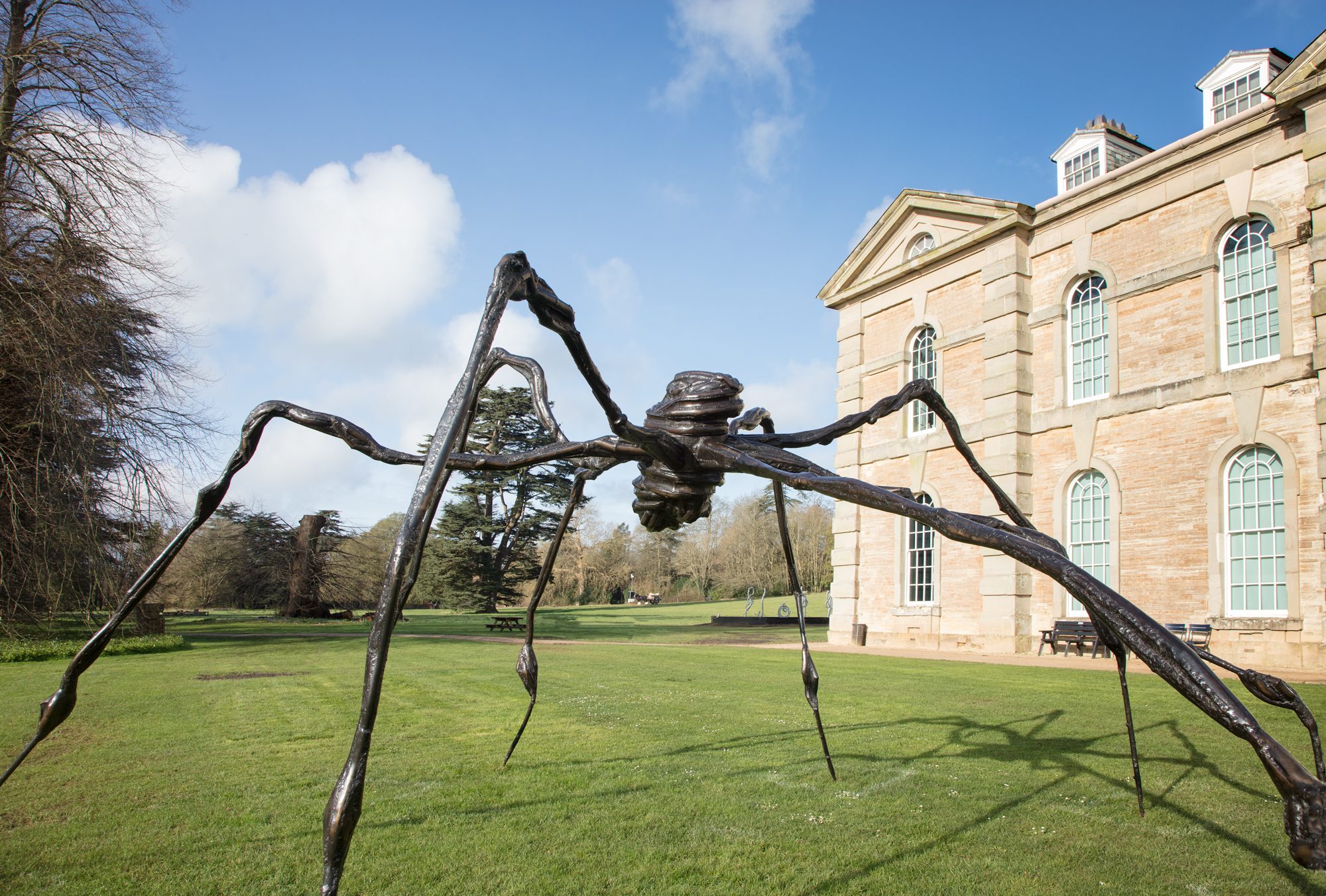
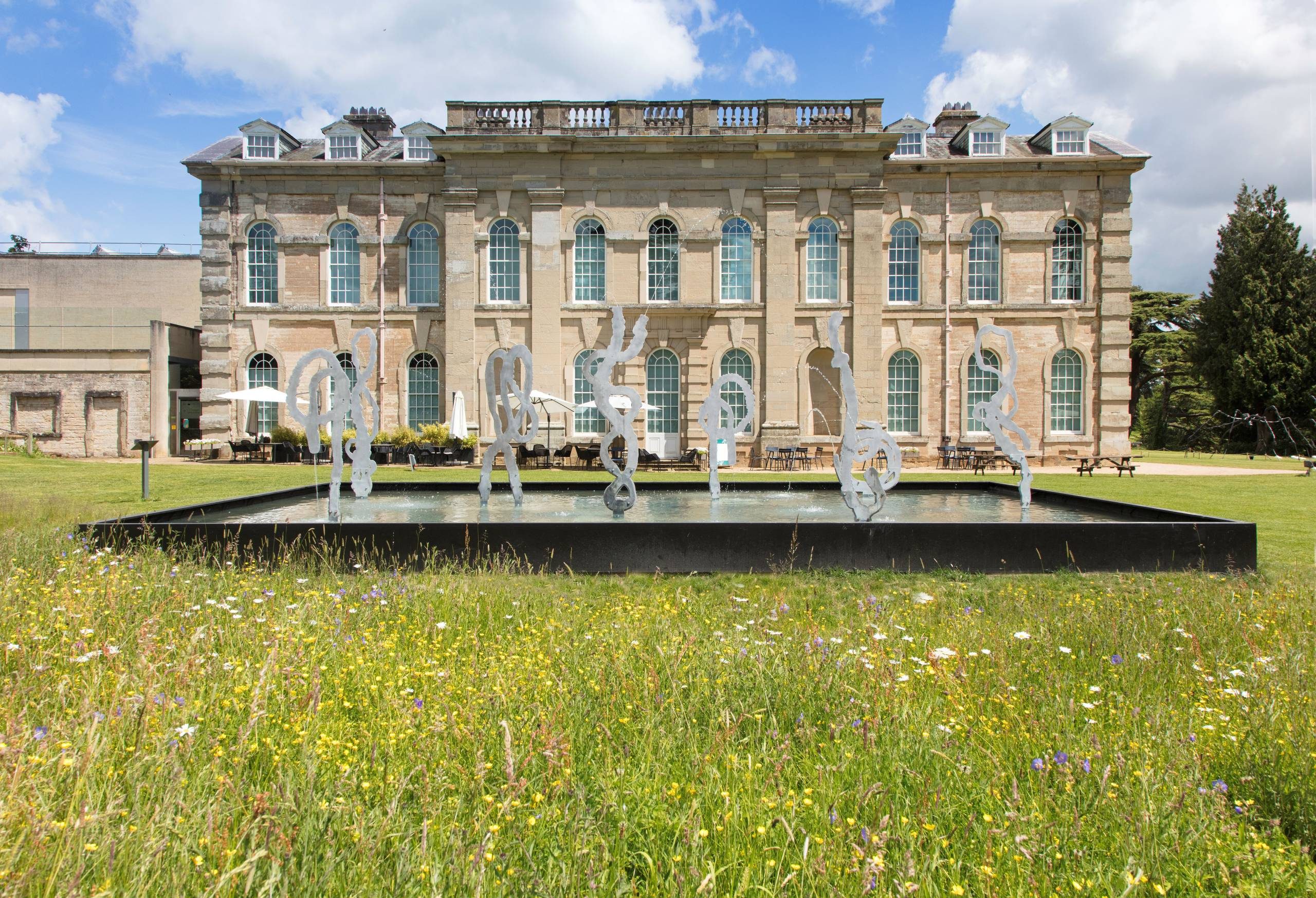
Fountains, 2018
(La Toilette, Puss in Boots, Sugar Mile, Putto, Gossip Column, Cuckold’s Point, Grubber, Boy and Swan)
Nicolas Deshayes (b.1983)
Cast aluminium, stainless steel and water
Large cast aluminium fountains take the form of undulating upright forms, knotting or coiling like digestive tracts on the surface of a vast custom-built pool/basin. Their bloated silhouettes are animated by a graceful and silent choreography, like synchronised swimmers expressing the visceral joys of a mute existence. They spit, rummage, piss and ejaculate, seeming to celebrate the fertility of aquatic and subterranean worlds. This delicate, subdued ballet contrasts with the powerful roar of the waterfall that crashes at the foot of the building. The work takes its place on the original 17th-century garden where there would have been a fountain and marks a small prod at the establishment in its humorous form.
Perceval, 2006
Sarah Lucas (b.1962)
Bronze, concrete, paint
Sarah Lucas’ sculpture Perceval – a life-size bronze horse and cart – presents a large-scale replica of a traditional china ornament, of the kind that took pride of place on many British mantelpieces forty years ago. Scaled up, the Clydesdale horse is powerful and majestic while offering an unthreatening sense of pastoralism and stolid reliability. The proudly-fashioned cart houses two cast concrete marrows: off-scale symbols of phallic fertility. These giant vegetables are cast in cement, moving the knick-knack replica away from the realm of kitsch, and offsetting the smooth finish of the bronze with a rugged and contingent quality. Titled after a Knight of King Arthur’s Round Table, Perceval reflects a fascination for Englishness evident in much of Lucas’s work, becoming an object for public display that is generous, democratic, familiar and accessible.
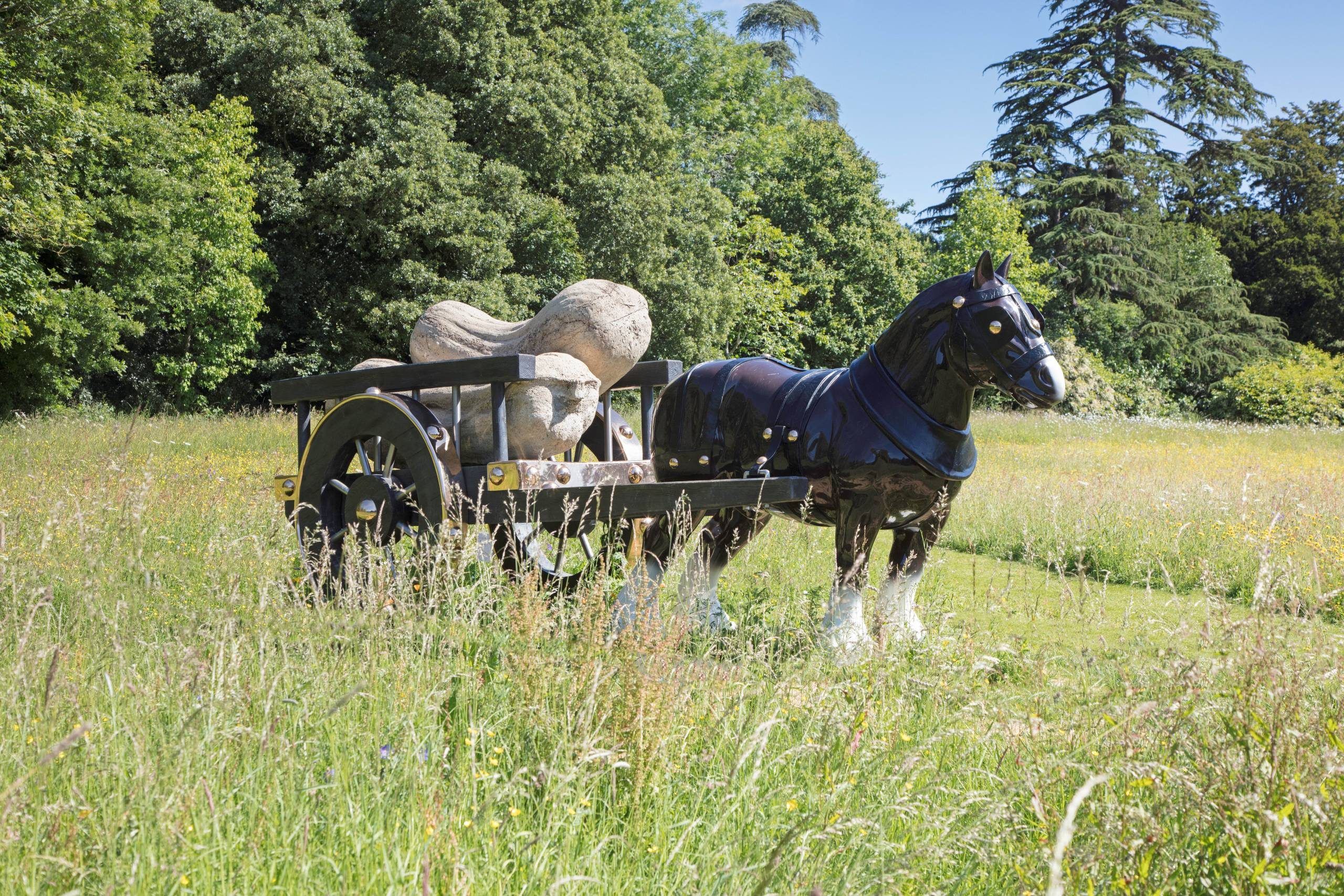

Image: Sculpture in the Park- Louise Bourgeois, Spider. © Compton Verney, photo by Jamie Woodley. Louise Bourgeois’s art is © The Easton Foundation DACS, London










